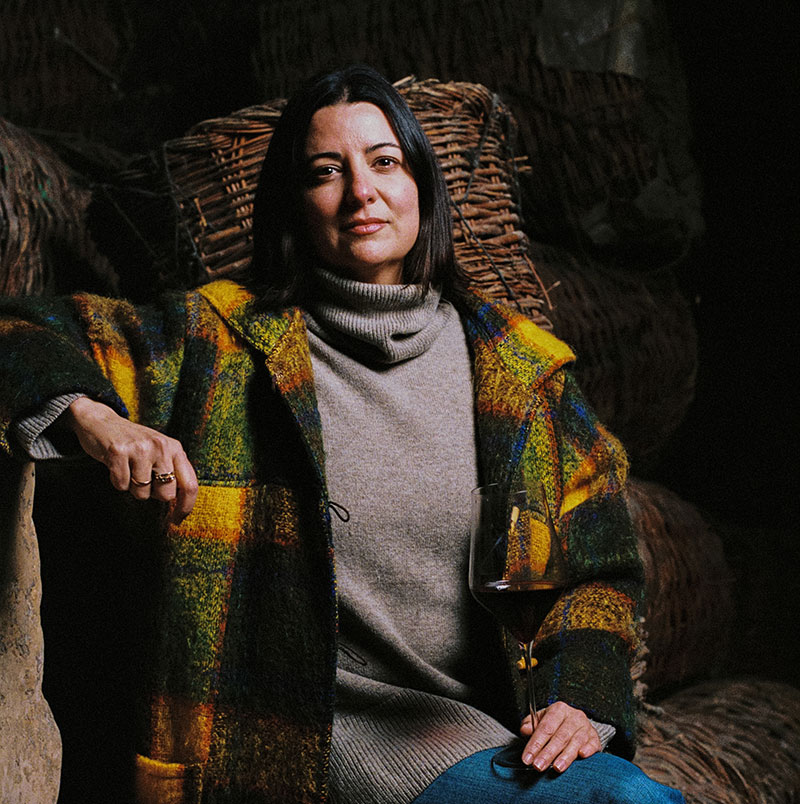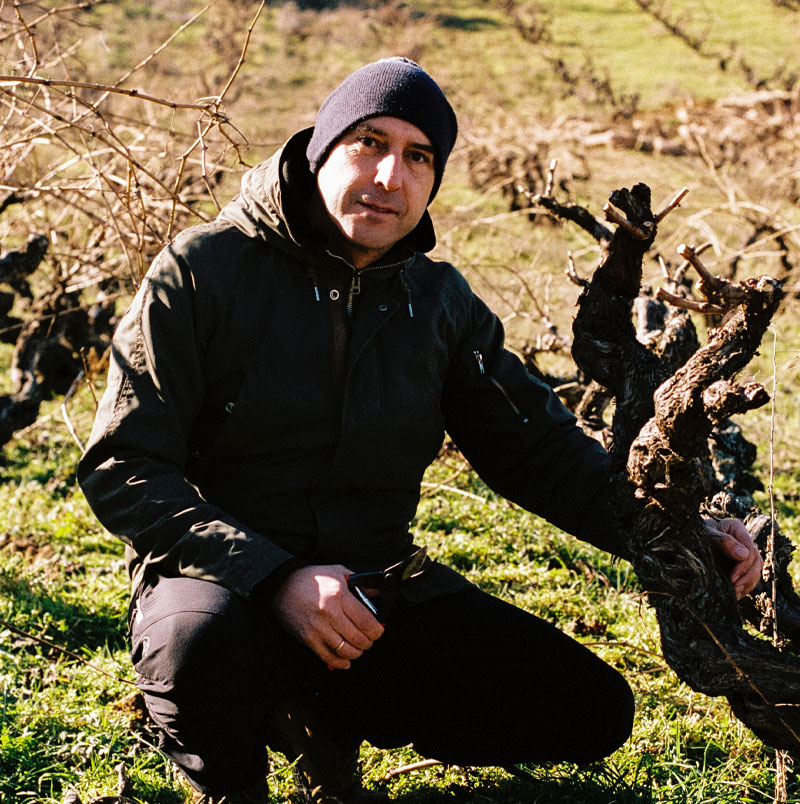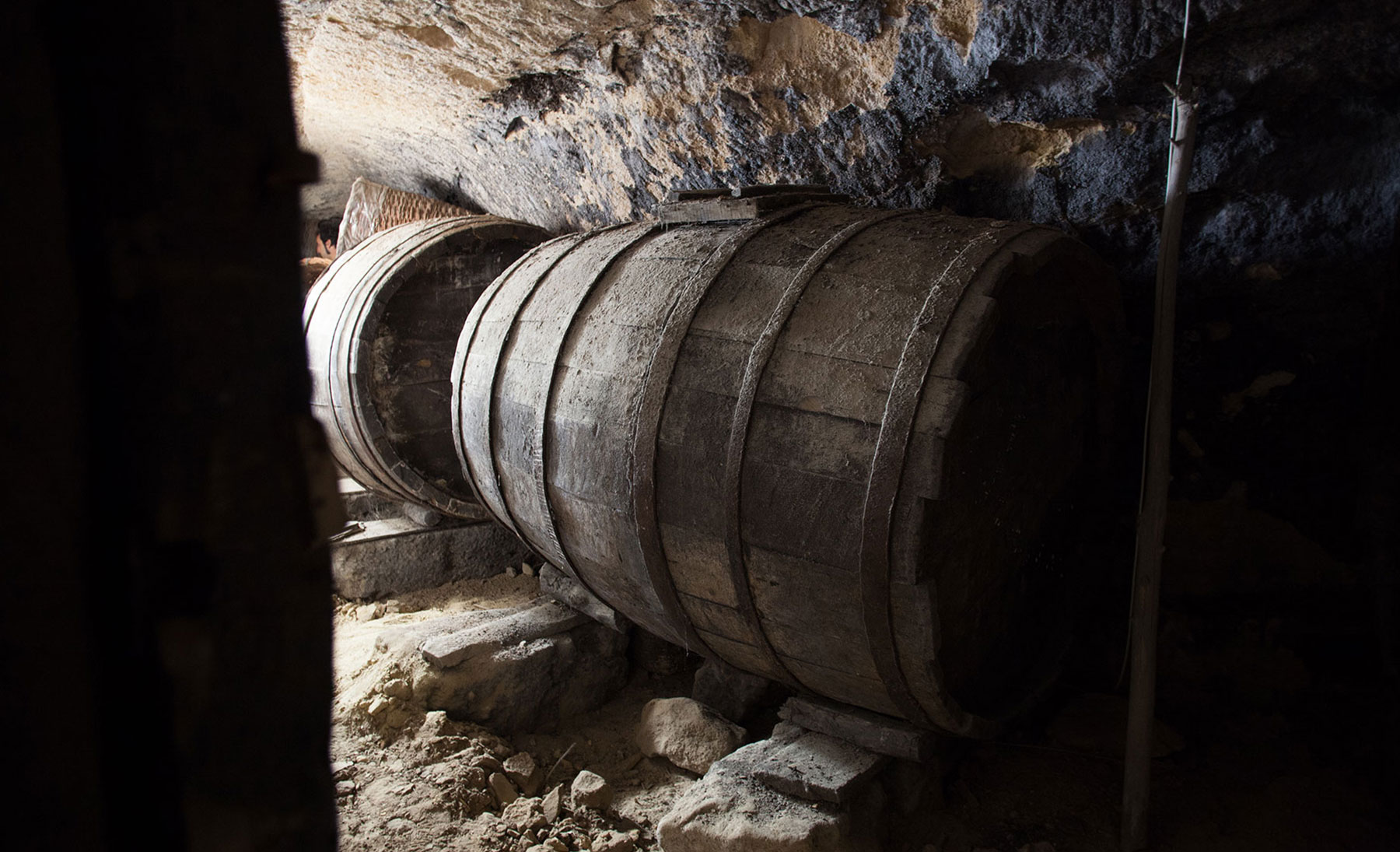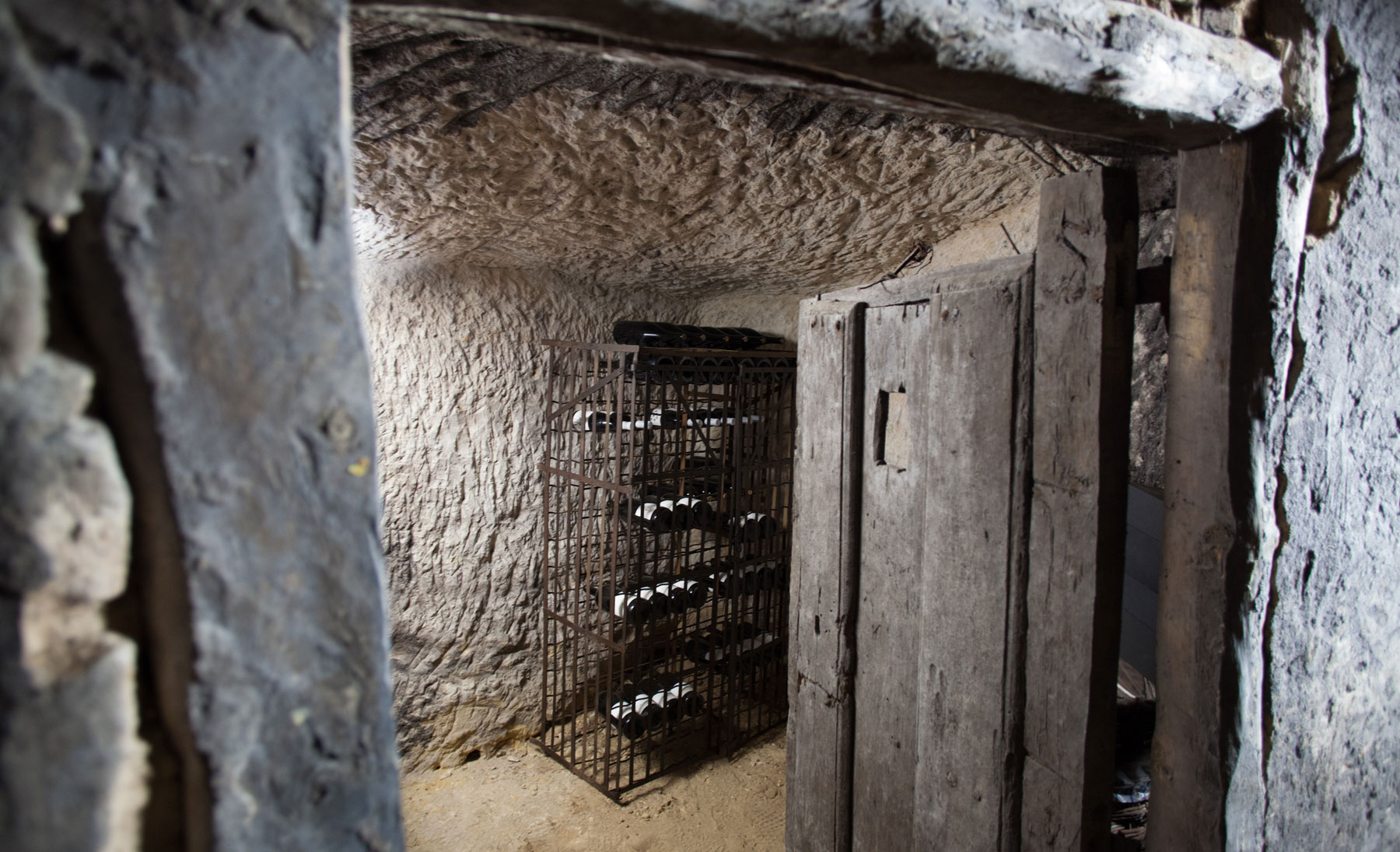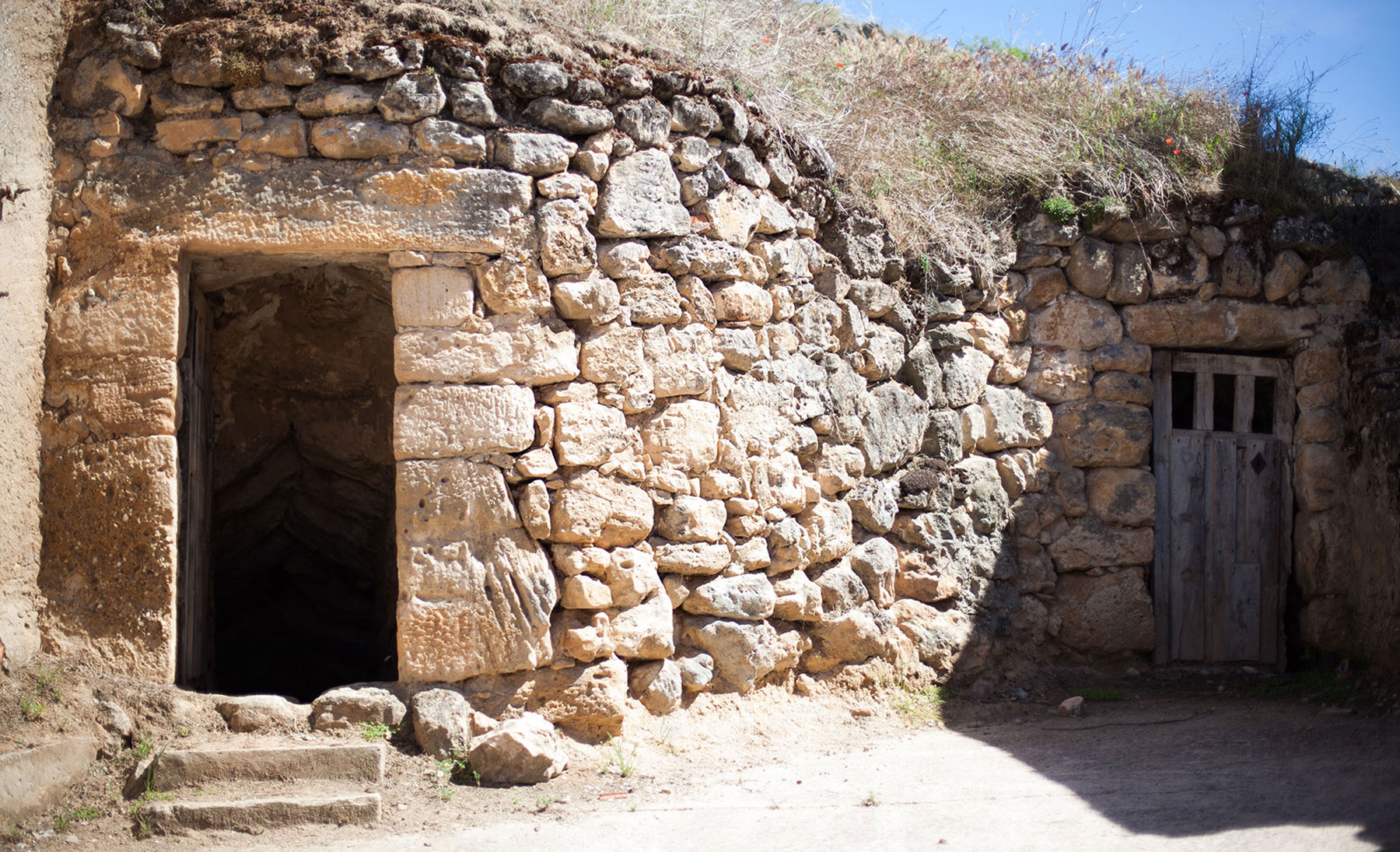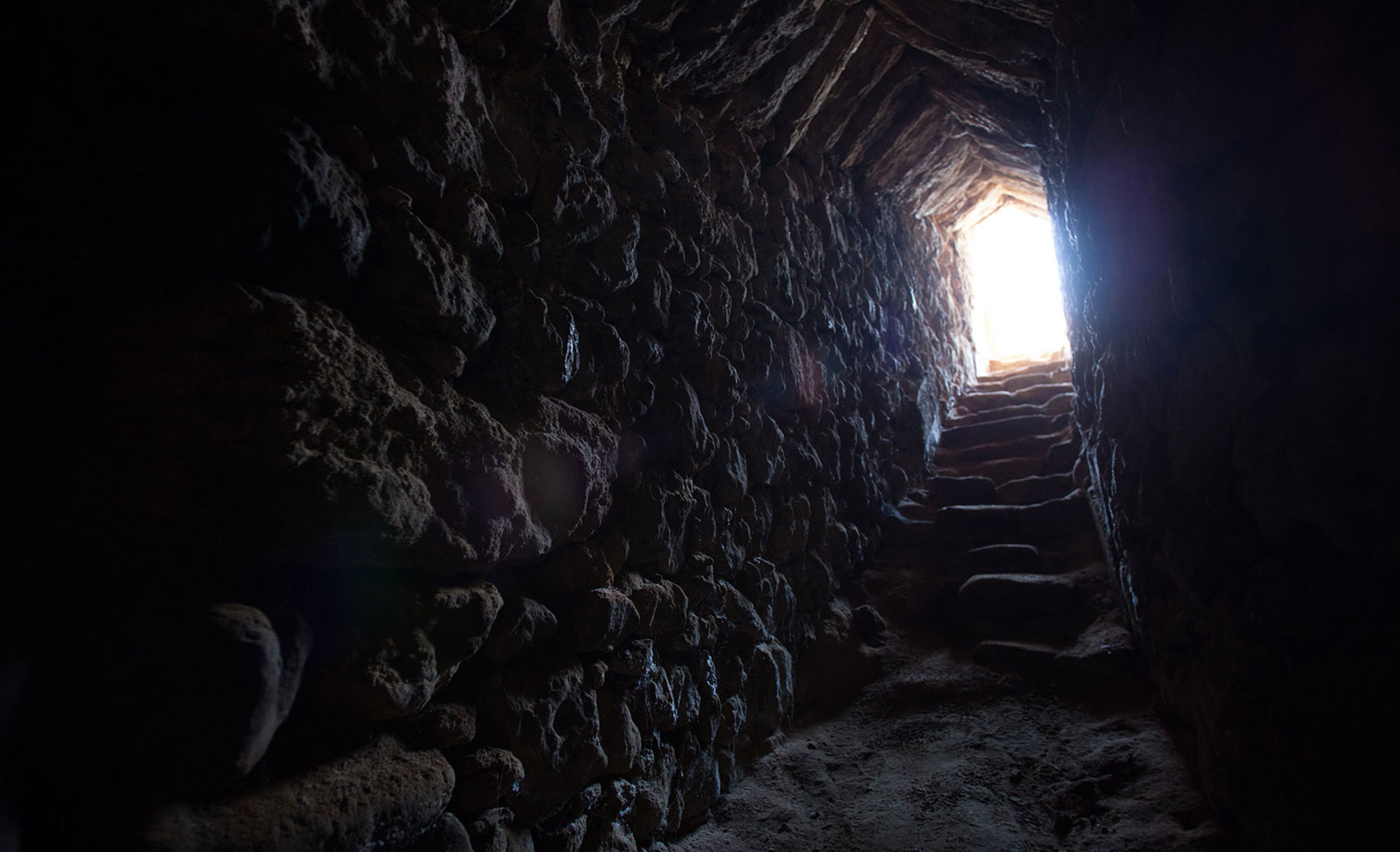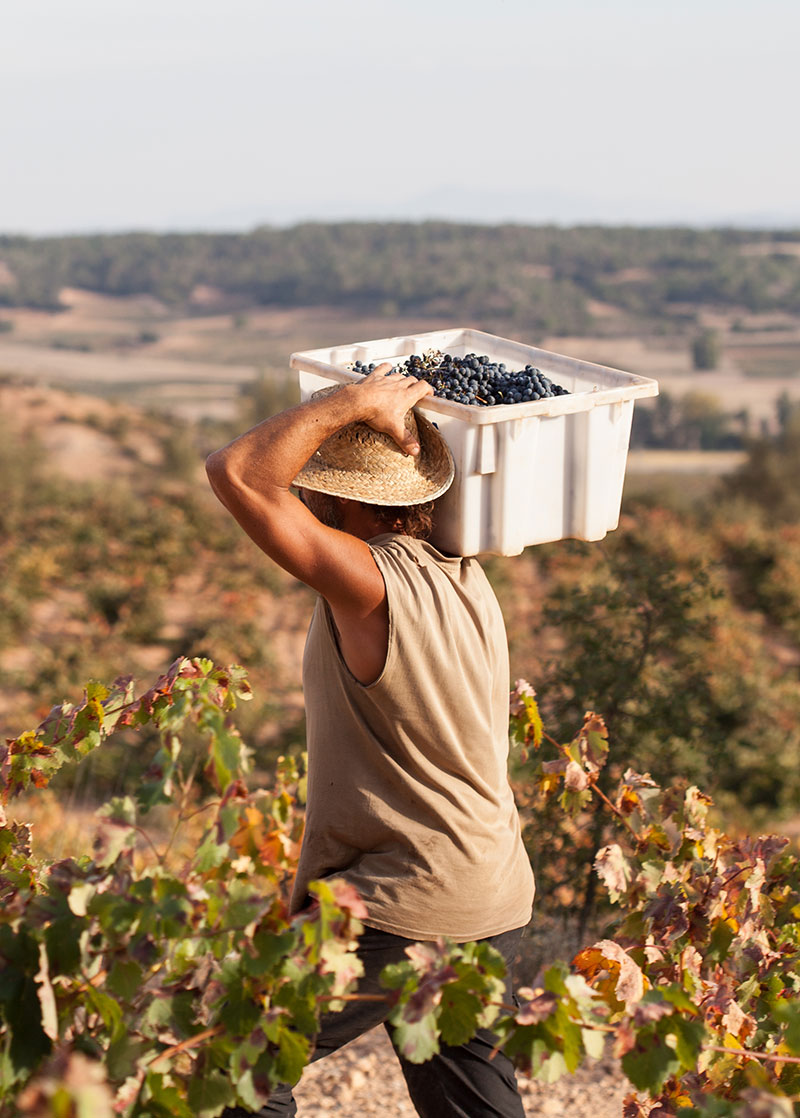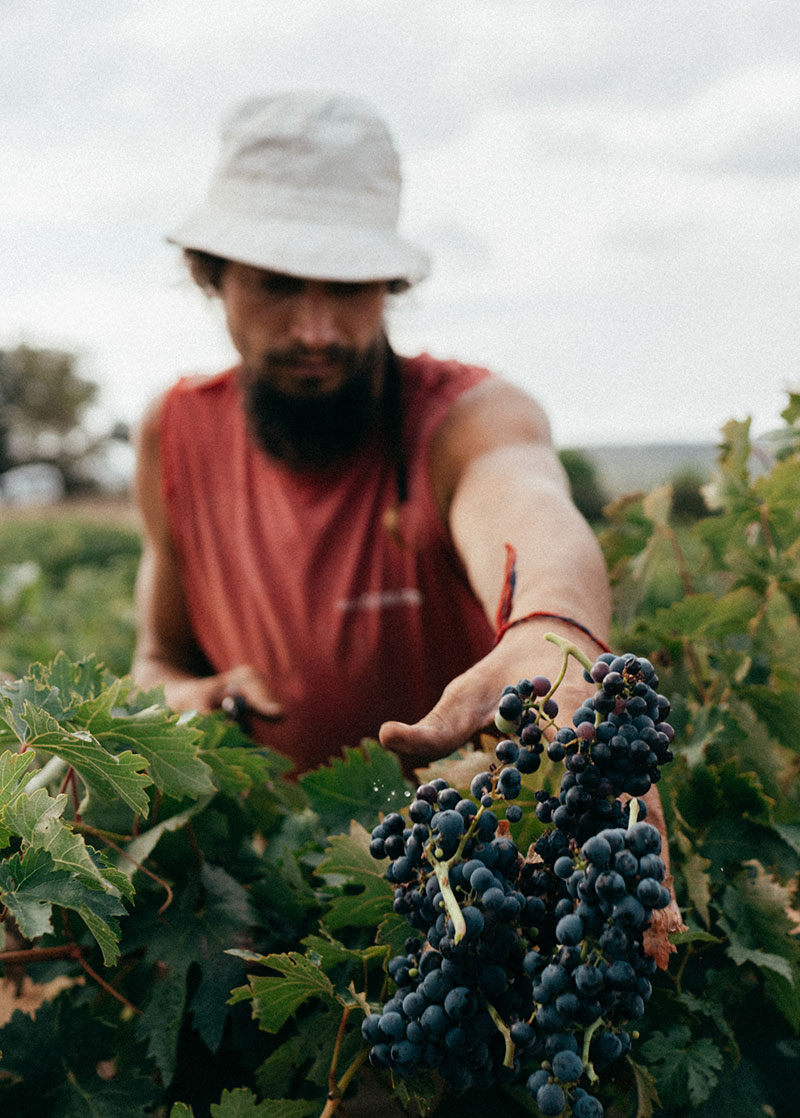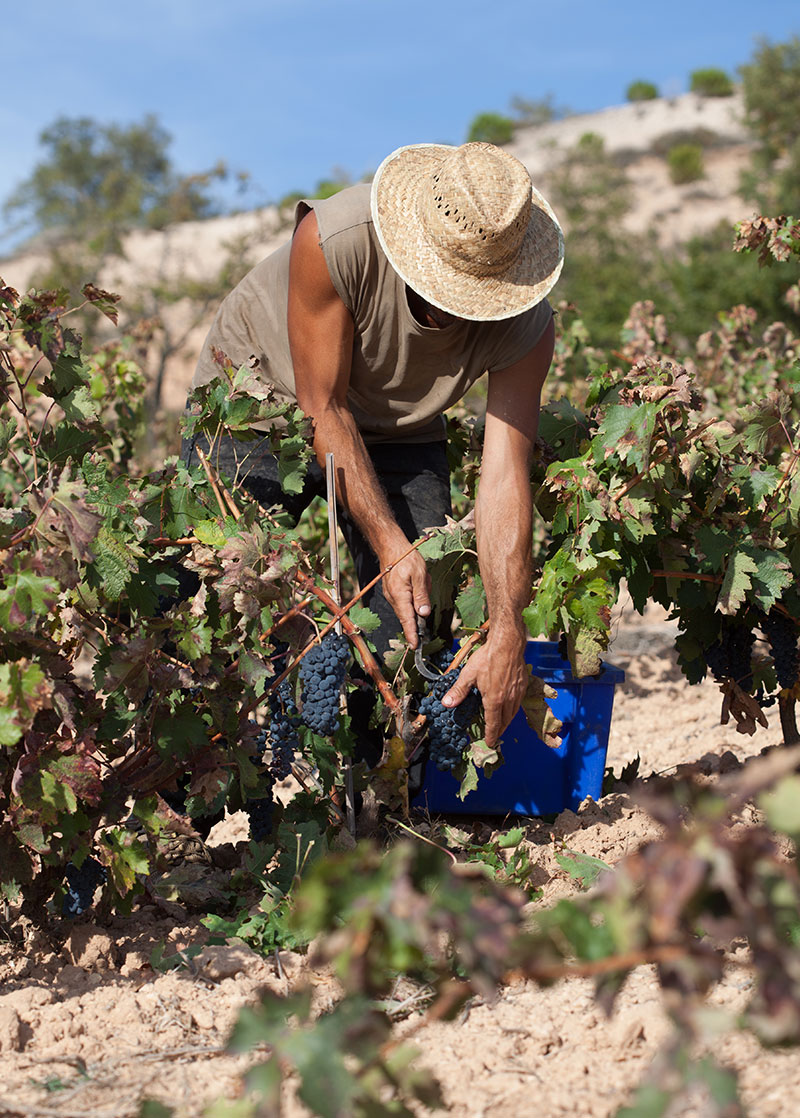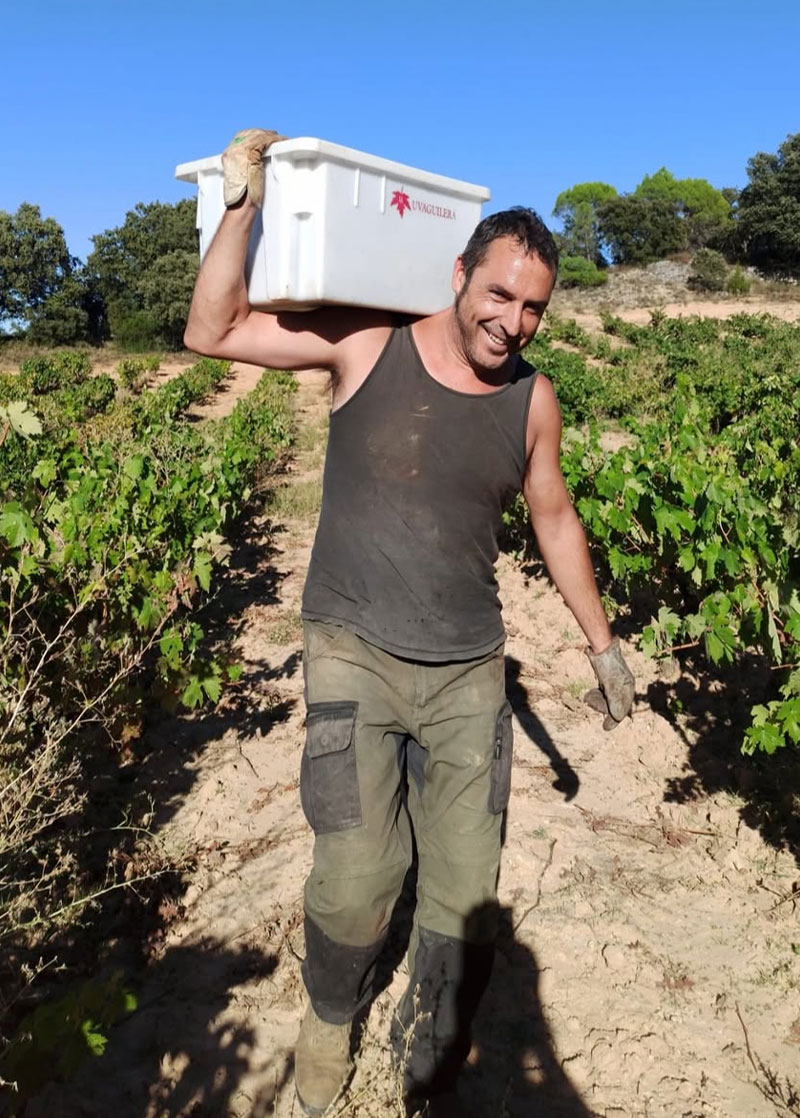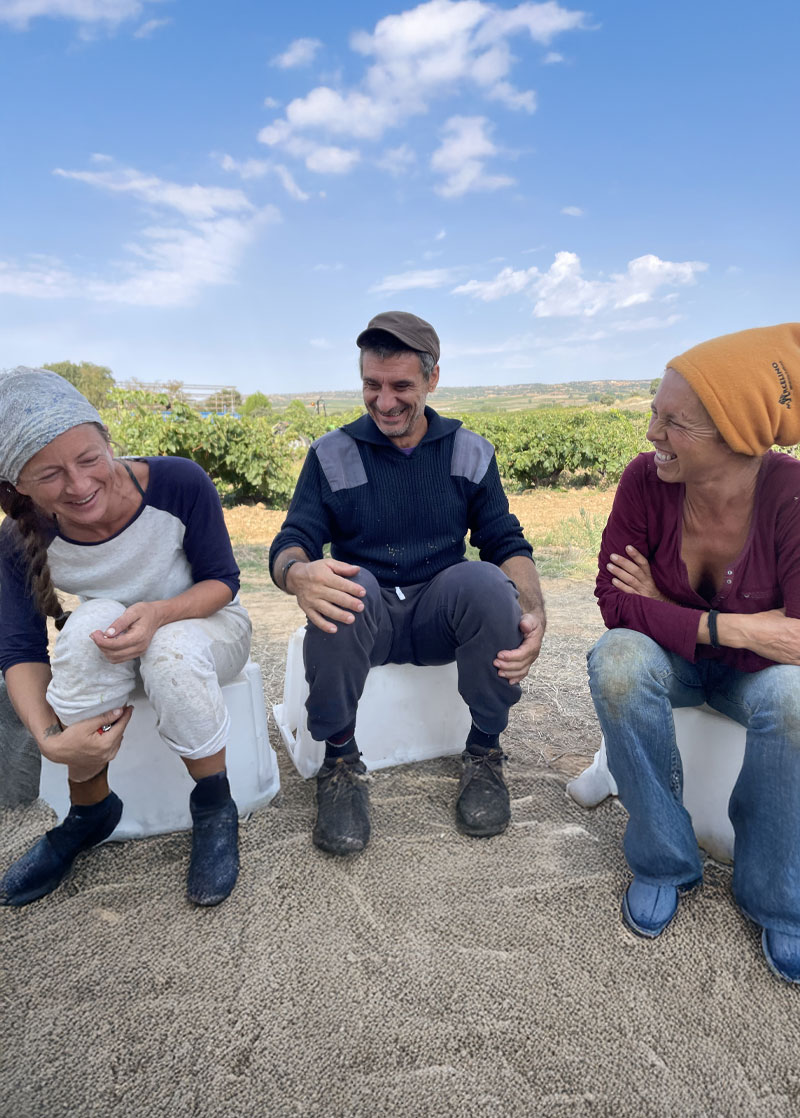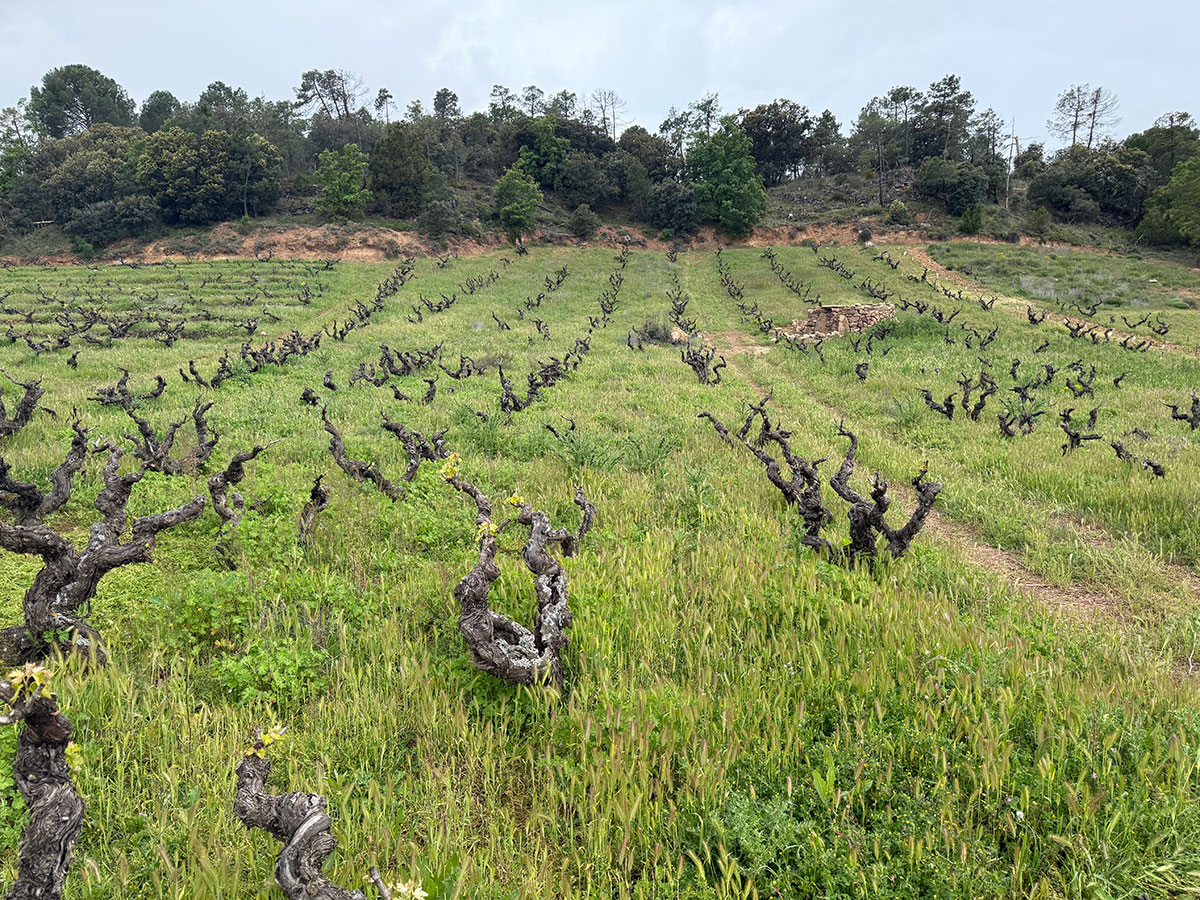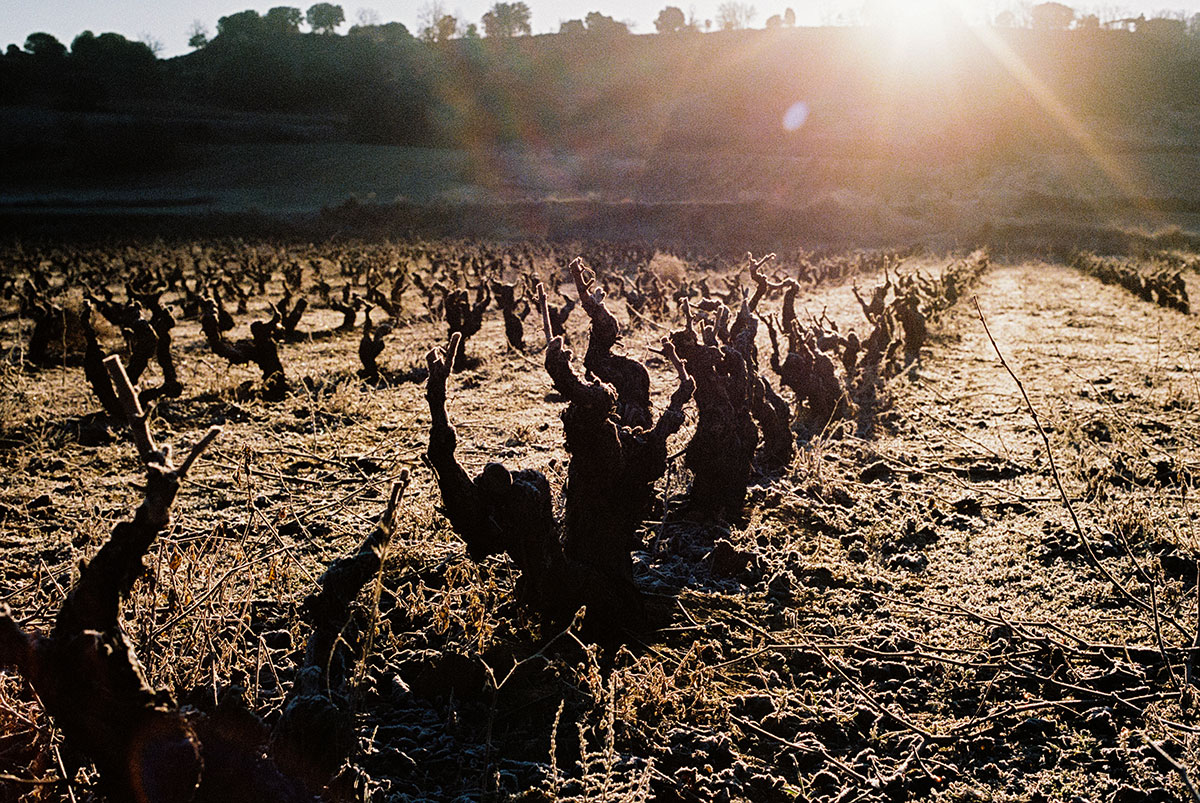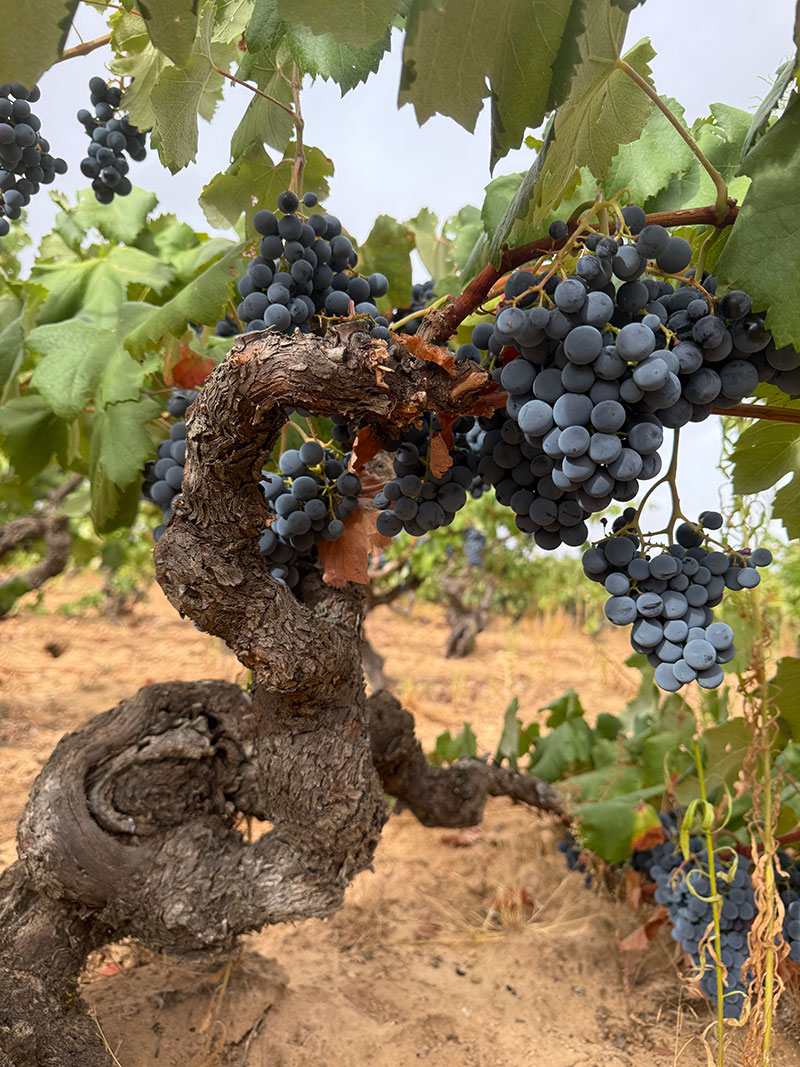Magna Vides is about doing what you love with the people you love

Magna Vides is a life project, a shared dream, a coupage of our souls.
We are a small family winery committed to traditional, sustainable viticulture and respectful winemaking from old vines with deep roots.
But Magna Vides is more than just a company or a business; it is an extension of our values and principles — living in a village, surrounded by nature, dedicated to wine, and preserving heritage.
We like to do things honestly, directly, and naturally, in an artisanal way, with care and affection. From something small, yet filled with creativity and thoughtfulness, we apply these same values to our vineyards and our wines.
Our adventure began with the desire to cultivate the land of our ancestors and to produce pure wines rooted in exceptional grapes and the soils they inhabit.
In 1999, we took over several century-old vineyards belonging to Pablo’s family, located in the village of La Aguilera (Burgos), one of the most prestigious terroirs in Ribera del Duero. Large vines (magna vides, like small trees) overlook the Gromejón river valley.

We decided to leave our hometown of Madrid and head for the Castilian lands, with one dream in mind: to start a life in the countryside, care for our ancestors’ vineyards, and craft excellent wines that reflect our way of seeing life.
We were young and outsiders, and we started working differently — letting grass grow, increasing spacing between vines, avoiding herbicides… some people didn’t understand it.
Yet, despite the skepticism, we built our project guided by the idea of being true winegrowers, not just weekend vintners, but people who live from cultivating their vineyards and from selling the fruits of their work.
Today, our wines can be found in many countries around the world and are enjoyed in prestigious restaurants, adding Michelin stars to those already shining above our vines.
You can find us in Puerto Rico, Dominican Republic, Costa Rica, Mexico, Canada, Switzerland, Netherlands, Italy, United Kingdom, Ireland, Denmark, Sweden, Norway, Australia, Singapore, Thailand.
We live in a small village, in what people call “emptied Spain”, though it’s far from empty. It’s full of heritage, wisdom, experiences, and stories worth telling. Keeping these villages alive, preserving the landscape, and creating employment are essential pillars of our philosophy and values.
Our project is not only about making wine; it’s about working the vineyards differently, saving small, ancient plots that might otherwise have been uprooted due to low yields, and preserving the landscape, maintaining the legacy started by our grandparents more than a hundred years ago.
It’s about respecting what was here before us, and ensuring it remains long after we’re gone.
And we keep dreaming: we’re currently restoring a 12th-century medieval underground cellar, where soon we will craft our wines beneath the earth.
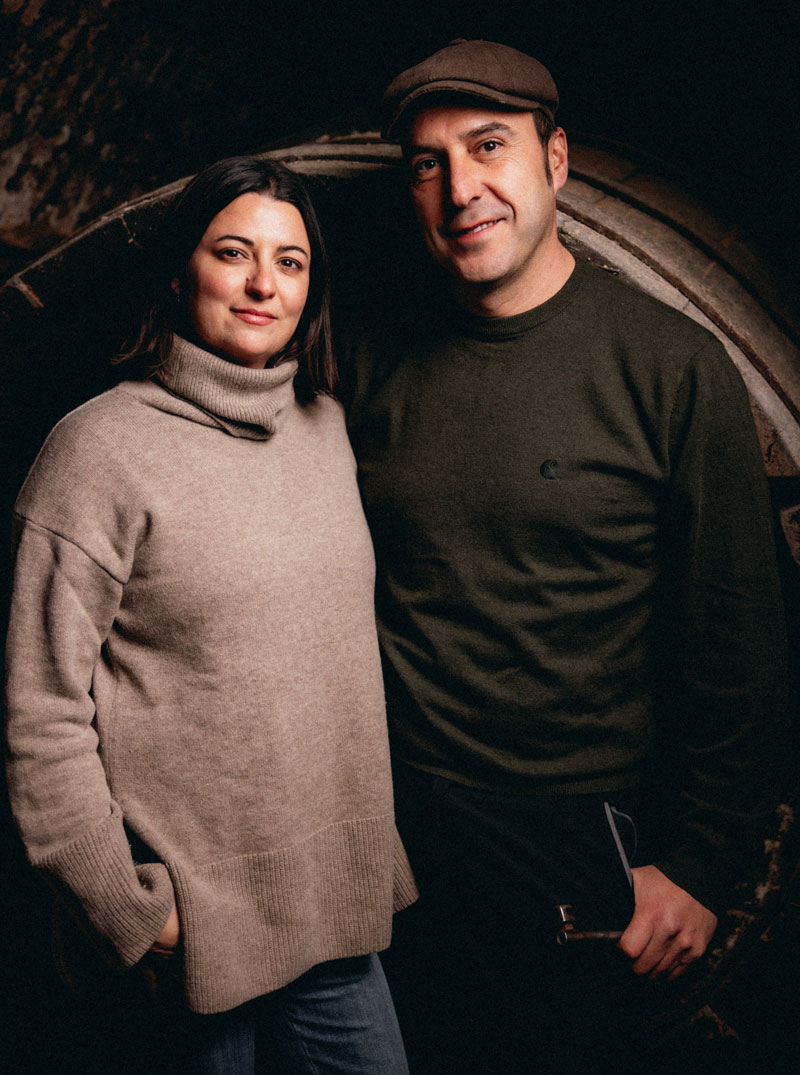
“Traditional winegrowers are in danger of extinction”
Our vineyards are located mainly in La Aguilera, one of the most prestigious areas of Ribera del Duero, also known as the “Golden Mile” of the appellation. The area is defined by the small Gromejón river valley, home to some of the oldest vineyards in the region. The soils, including clay-limestone and sandy ones, are dotted with scrubland and woodland.We began by working my grandfather’s vineyards, and little by little, thanks to my parents' efforts, we acquired new plots, some of which were 80 to 100 years old, most of which were on the verge of being abandoned.
In these old vineyards, small and traditional, with forest nearby, the grapes live differently than in vast trellised fields. I’ve always liked to work in another way, learning from my ancestors. I try to recover traditions that are being lost, such as field grafting or rebuilding guardaviñas in dry stone.
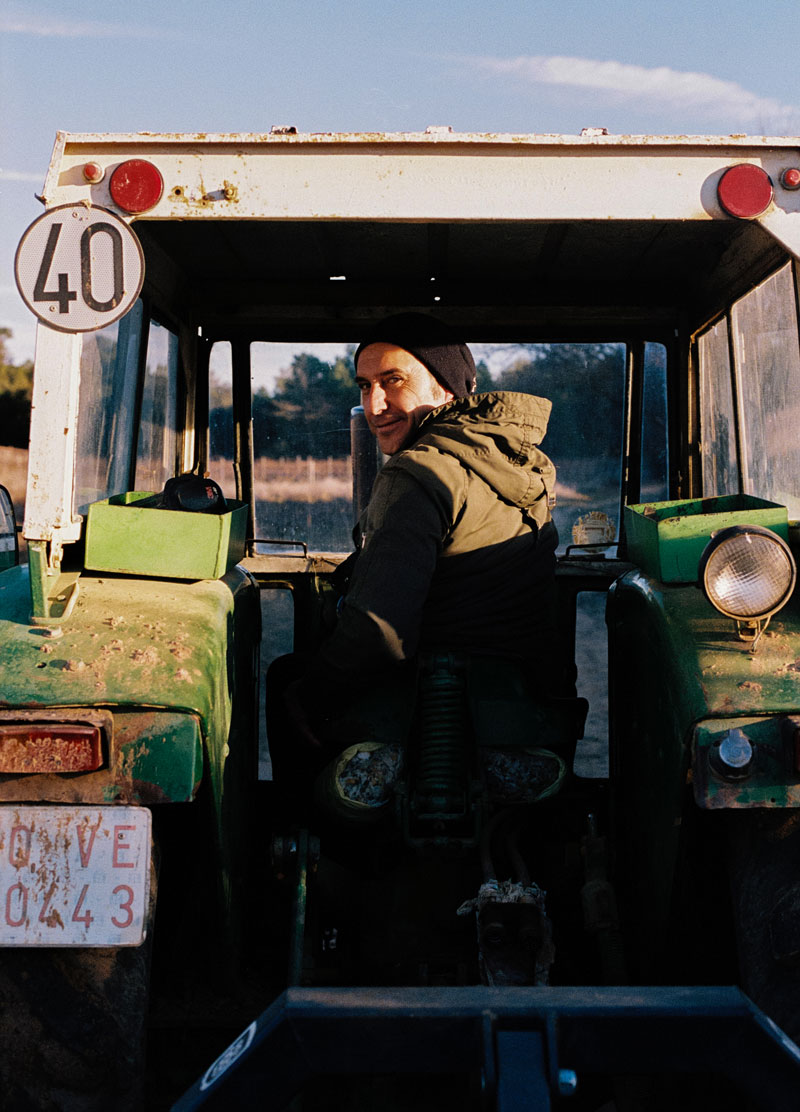
Our farming is organic, and although it’s not yet certified, we are working toward full conversion to organic cultivation. We maintain living cover crops and use only organic fertilizers. Intervention is minimal, prioritizing balance, biodiversity, and respect for our soils.
Harvesting is entirely manual. Grapes are picked into 15 kg boxes by the same crew that has joined us every year since we began, a beautiful tradition, as they are not only our friends but part of our chosen family.
We’ve identified more than 20 different varieties and work with grapes once considered difficult to ripen, such as pirulesas blancas, garnacha, monastrell, and bobal, among others. All of them complement tempranillo beautifully. I believe my grandfather planted them for a reason.
We vinify each plot separately, carefully monitoring the soil, and the results are spectacular, full of surprises.
Our main vineyards are located in the site known as El Sardal, a mosaic of sandy and clay soils over limestone, with north-facing slopes. One of these vineyards gives life to our wine Bancales del Sardal, planted in 1915 after the phylloxera, using genetic material recovered from vines that survived the plague. It’s a beautiful place with a unique mix of tinta fina and albillo mayor.
We also work some south-facing vineyards in Quintana del Pidio, where soil diversity is remarkable: a clay-limestone base interlayered with sand, pebbles, chalk, and soft marl. There lies a tiny 0.2-hectare vineyard in Peñalamiel, planted in 1860 on pure sand. In the same village, at a higher-altitude site, we cultivate another vineyard from which we craft our single-plot wine Viña del Cuadrón, a purely white, calcareous, south-facing terrain planted in 1960 with a mix of tinta fina, albillo mayor, and garnacha.
A third special site is El Sotillejo, facing northwest, where we grow the base for what we call our “historic vineyards”, the wine Fuente del Zorro, from 0.7 hectares of tempranillo planted on its own roots in deep sandy soil.
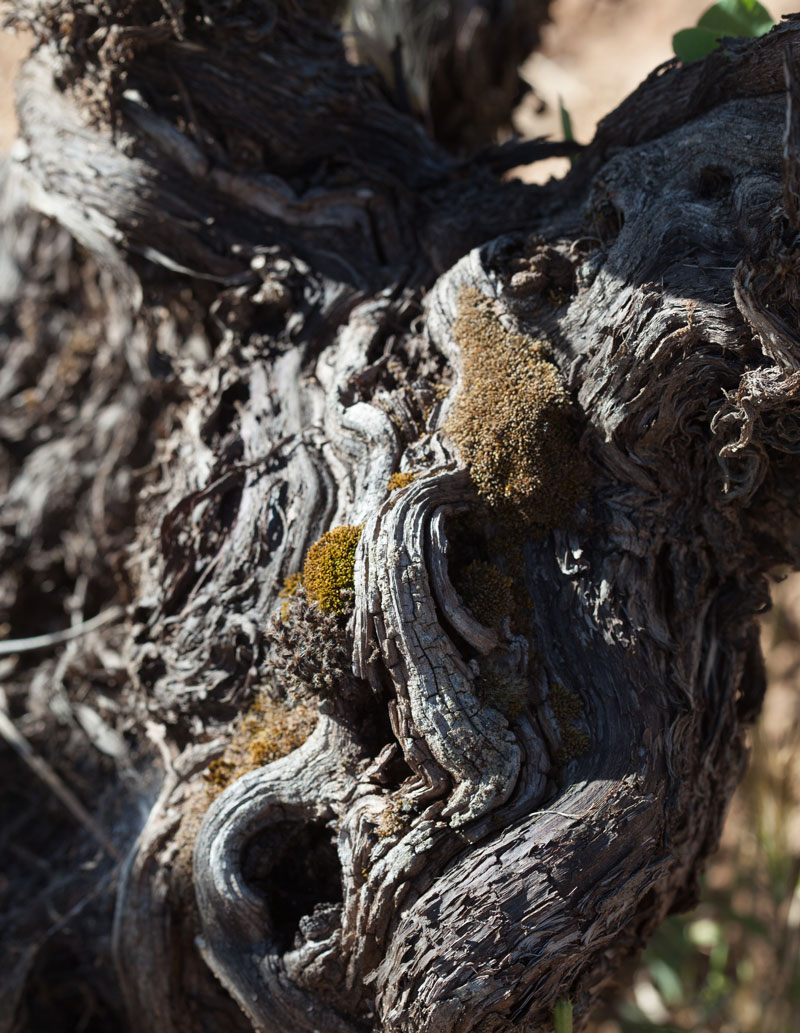
“I make haute couture wines, like tailor-made suits”
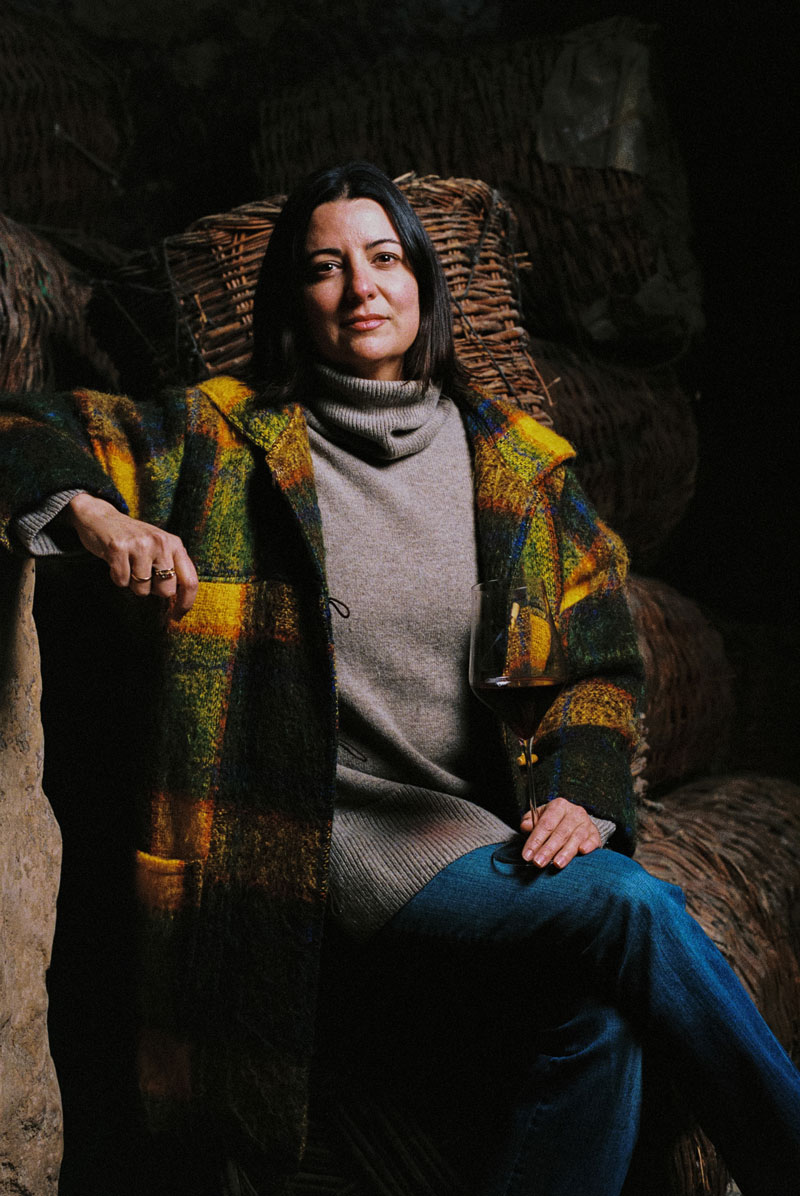
For me, winemaking is an art, done with passion, attention to detail, care, and dedication, always seeking beauty. There’s something deeply artistic and intellectual in crafting wine.
At this stage, I focus on minimalist wines, embracing the ‘less is more’ philosophy, because that’s where the soul of the wine truly emerges. After deep reflection, it all comes down to simplicity, to what really matters.
But precise and simple winemaking doesn’t mean “plain.” On the contrary, it enhances the wine’s complexity, truth, and transparency.
I see the creation of wine as haute couture, crafted like tailor-made suits. I follow my instincts: touching, smelling, tasting… It’s a very sensory process. I don’t always take as many analytical notes as one might expect; instead, I feel and act.
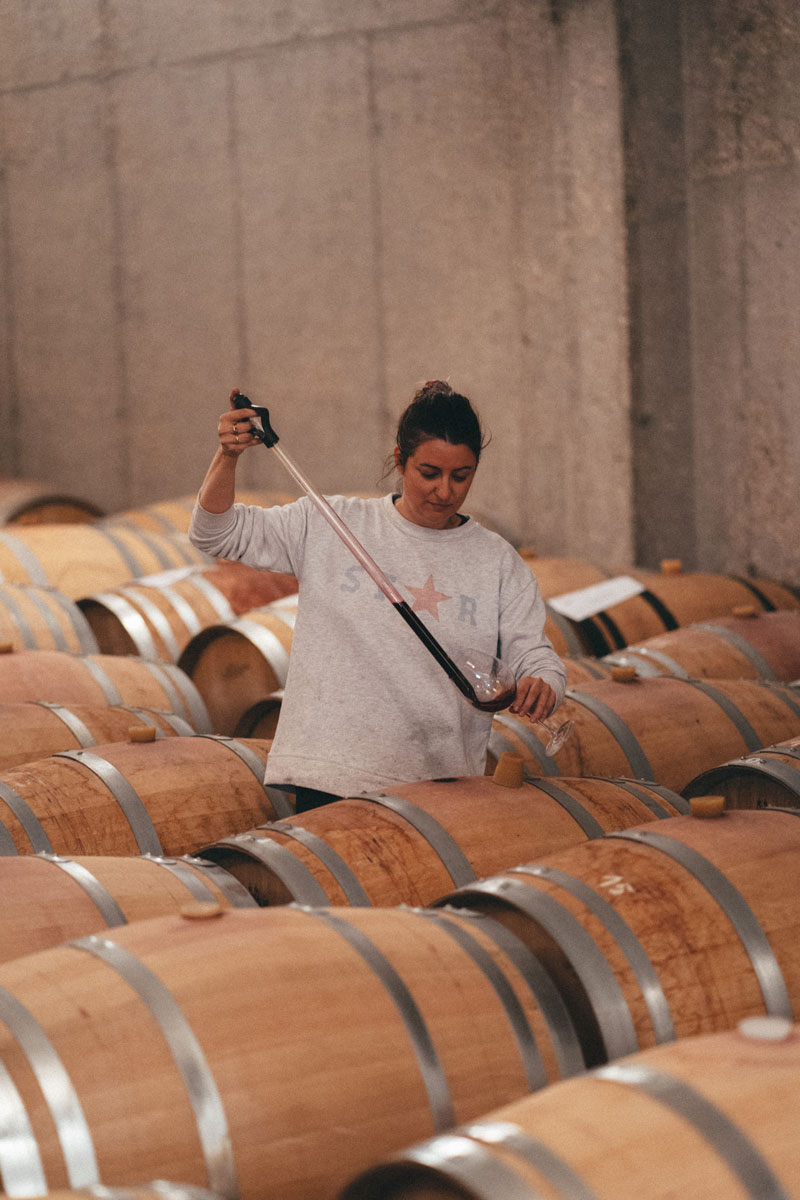

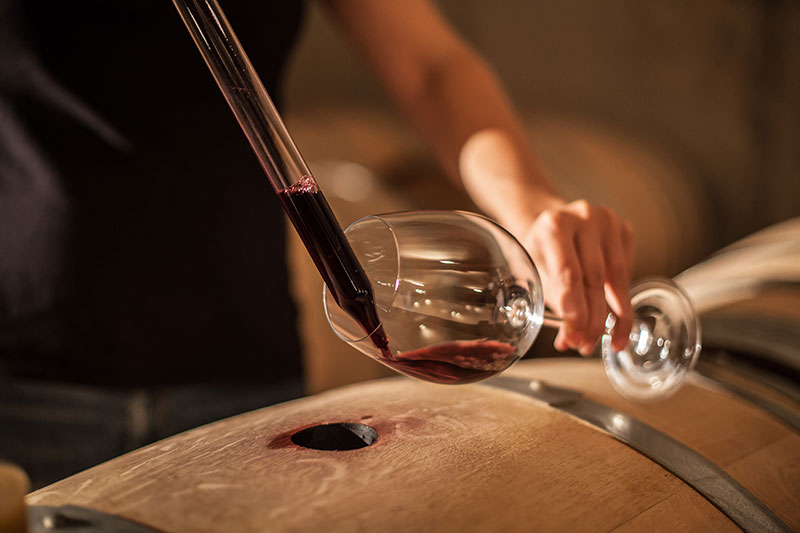
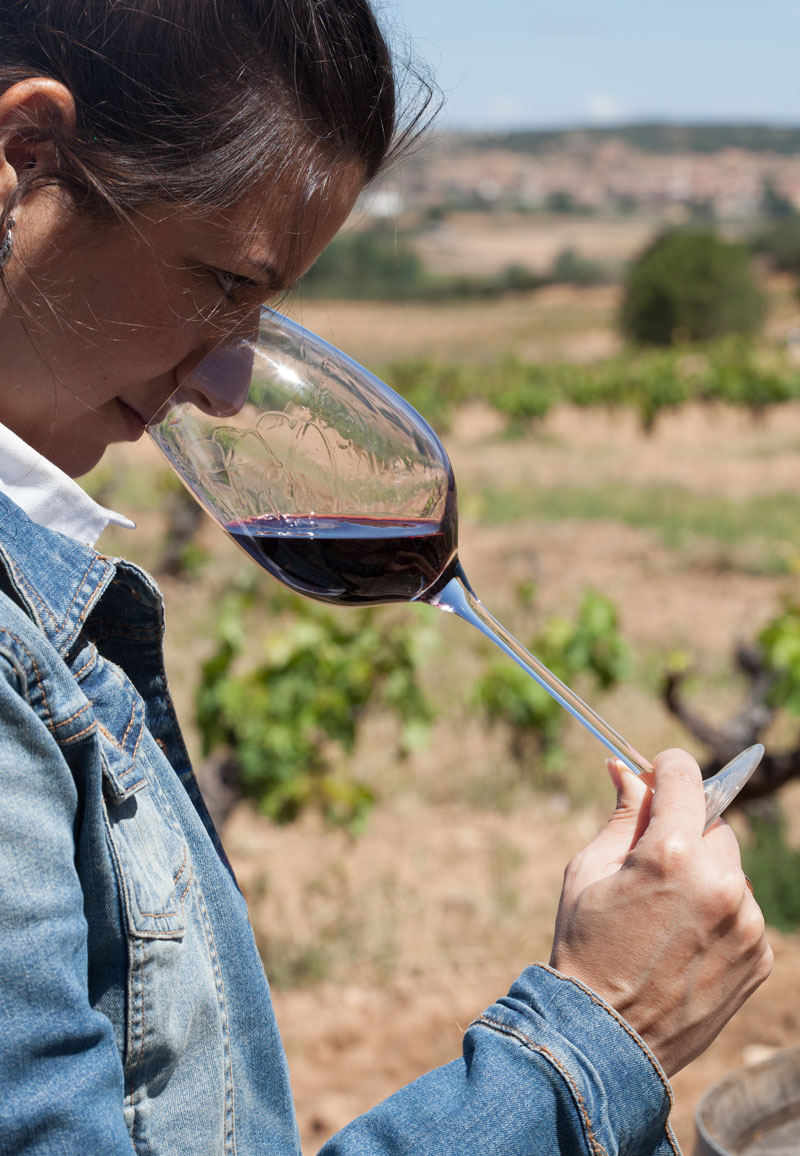
That transparency allows the terroir and the grapes to express the climate, the vintage, their environment, and their life cycle.
During aging, I seek to keep wines bare and pure, without layers, maintaining clarity and pristine character. This is the emotional, intellectual, and personal peak of the process, where everything aligns, a moment that still amazes me, as it represents a touch of avant-garde within Ribera del Duero.
I also draw on certain biodynamic concepts in winemaking, following the lunar calendar for cellar work, racking, bottling, and tastings. However, as a winemaker, I try not to follow trends or fashions. For example, in the conception of Vera Vides, our field blend wine, the idea was always there; it simply needed to be expressed.
